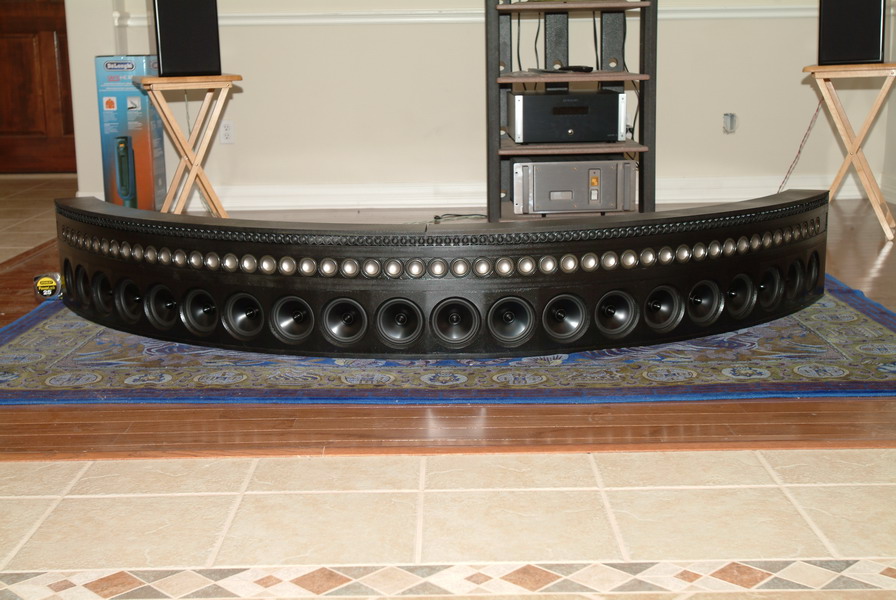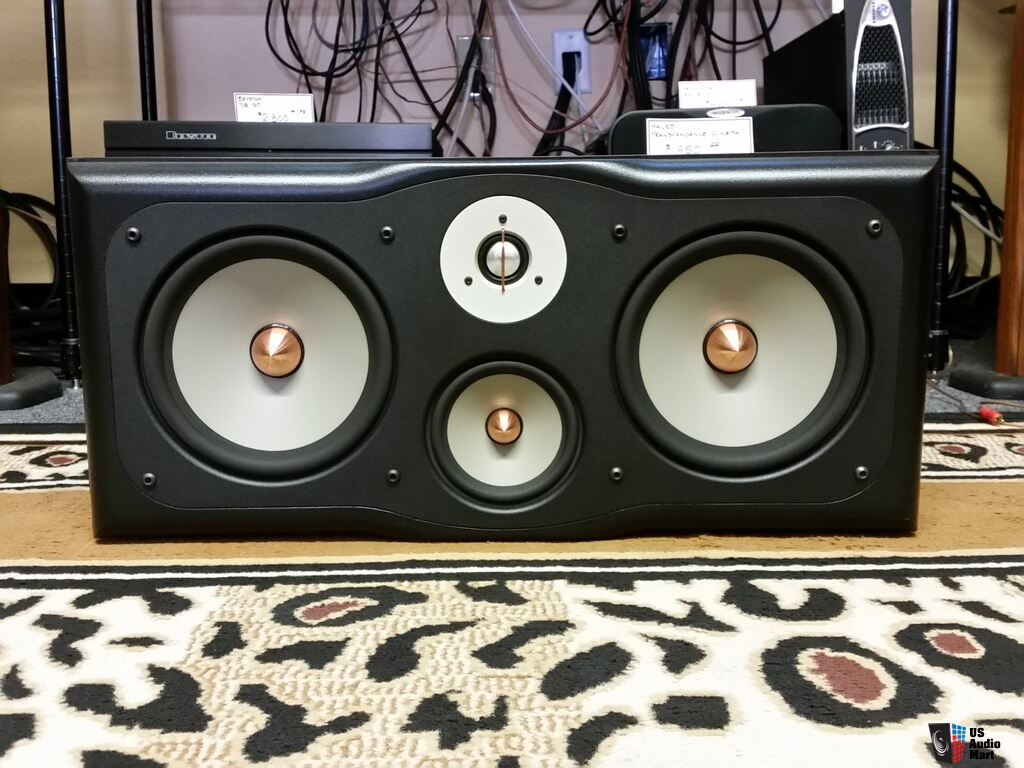That was very interesting!
Center channels have been getting grief for a long time, so while the gist wasn't new to me, the specific info, graphs and tests certainly added more detail. Excellent video.
Interesting to see the 3 way WTMW design come out on top. It matches my anecdotal experience.
When I was setting up my home theater many years ago I'd decided on using Hales Transcendence T1 stand mounted speakers for my L/R, as Ioved their clean, clear, spacious and timbrally convincing sound. They were to flank my projection screen and I needed a center channel. Unfortunately Hales had become defunct at that point, not long after they had introduced speakers designed for home theater, and very few of their center channels had made it to the market. I tried various center channels, including coaxial speakers, even various stand mounted designs (even Waveform Mach MC egg-shaped speakers which have excellent off-axis performance). Nothing really produced a seamless match.
Finally I managed to find a rare-as-hen's-teeth Hales Transcendence Center channel speaker, designed to specifically match the rest of the Transcendence line speakers. It's a big ol' sealed box 3 way WTMW, seen in the photo below (a photo I grabbed from the web, not from my own set up):
It was just the ticket! The timbral and spatial match was virtually seamless with the L/R T1 speakers! Everything from voices to any other sounds that would pan through the scene would remain beautifully consistent in character. And I've remained impressed by how well the dialogue seems to map to the image even though the center channel is just below the screen (angled up to the listener at the sofa). And I'm super sensitive to a mismatch of dialogue to the screen. It's one of the things that immediately turn me off in many home theater systems (especially of course home theater in a box systems...but often enough in "real" home theater systems).
So I suppose Erin's video helps explain to me somewhat why this L/C/R system has worked so well for me.
BTW, that also brings up one of my personal pet peeves in home theater set ups, especially the version of "home theater" that includes any flat panel system with surround sound in someone's living room or whatever. That is: a mismatch between the scale of the sound with the scale of the image. When home theater sound was becoming really big it was so common in box store demos to see a 42" - 50" flat panel paired with large Paradigm or Klipsch speakers, and even big floor standing surround speakers. I've seen similar set ups in many posted home theater systems at AVSforum and others. When I demo such systems it just feels so mismatched. I'm watching the battle scene from Gladiator, I'm surrounded by what seems like a semi-life-sized battle, while watching these tiny figures running around on screen. Same for a sci fi movie, or star wars - I'm lifted off my feet by the gigantic space ship sounds, while watching toy-sized images of the space ships. My brain just has trouble mapping those together. The sound becomes distracting more than anything to me.
That's why I carefully chose speakers that would create a believable scale to the image size - like the very small Spendor S3/5 bookshelf speakers that flanked my 42" plasma for many years - perfect scale fit.
With the over 10 foot wide projection screen I could scale up the sound to match, so with the Hales speakers (and monitor audio surrounds) to me the scale fit is just perfect. It all feels believably like it's coming from the screen.


